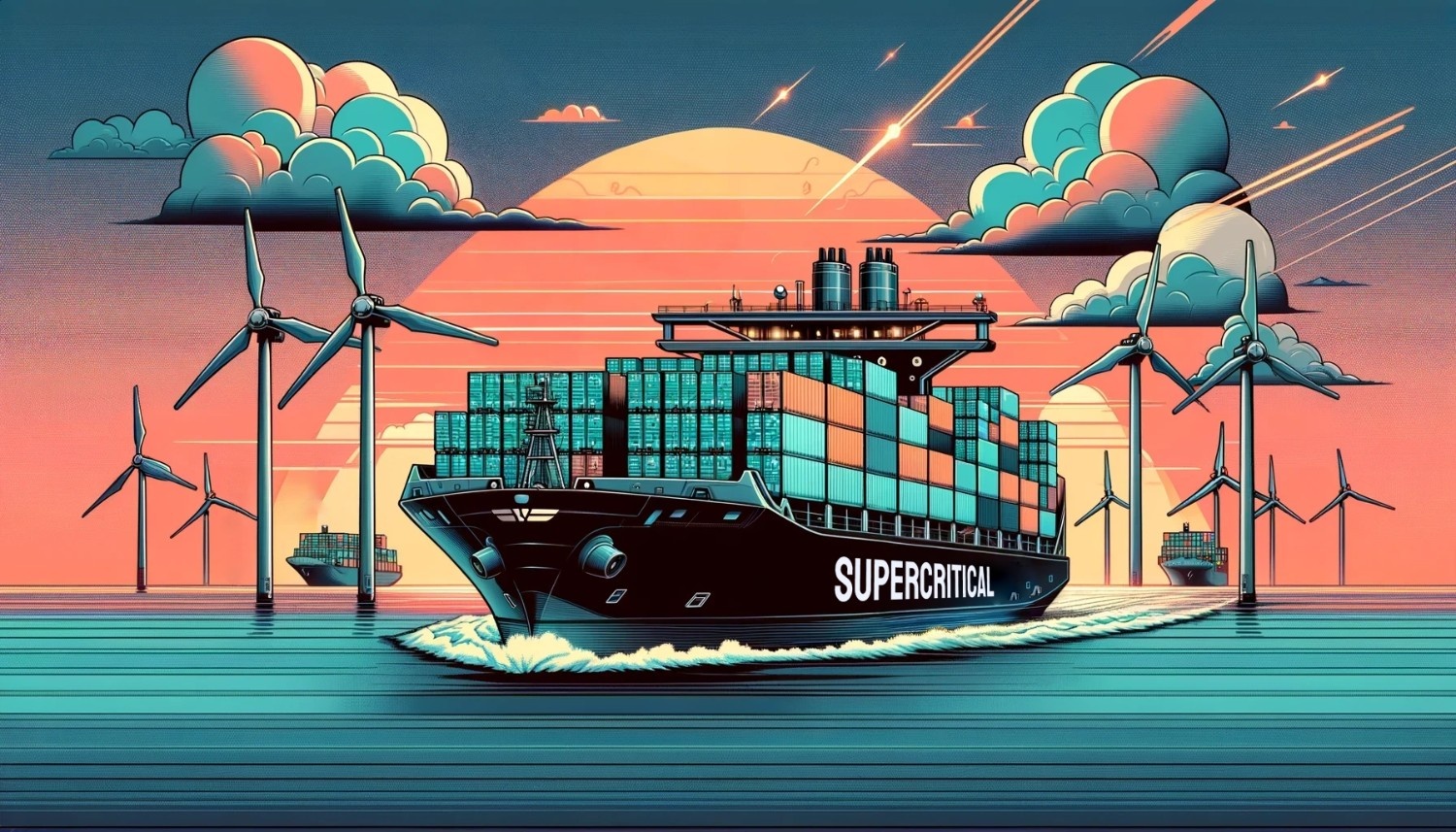Green hydrogen has gained a lot of attention in the past few years as a zero-carbon alternative to fossil fuels, necessary to achieve the 2050 targets. This is largely due to its high energy content and the carbon free products of combustion (water). The production of green hydrogen via electrolysis using renewable electricity is an increasingly popular way of smoothing out the variable outputs from renewable sources of energy such as solar and wind energy.
Hydrogen has been identified as a viable alternative to decarbonise certain industries such as chemicals (especially ammonia), iron and steel and cement.
Although hydrogen has been in production in various chemical processes such as refining, its use in new applications as a replacement for energy and the well understood fossil fuels such as methane requires a systematic safety approach. This begins with a good understanding and identification of the hazards associated with the properties of each fuel.


Hydrogen is colourless, odourless and not easily detected by human senses. It is not easily odourised (as is done with natural gas) due to the contaminant effects of odorizers on fuel cells and other end uses of hydrogen. In addition, hydrogen has a wide flammability range (4%-75% volume % in air) compared to methane (~5% - 15% in air). The electrolysis of water produces oxygen as a by-product in addition to hydrogen; hence it is important to note the wide flammability range of hydrogen in oxygen (4%-94%). Hydrogen has a low minimum ignition of 0.017mJ (that is one order of magnitude lower than that of methane). It is also a very light gas (about 14 times lighter than air and about 57 times lighter than gasoline vapour). This means that, when released, it usually flows and disperses quickly upwards. The buoyancy property enables the quick dilution of hydrogen concentrations with air to levels below the flammable limits in outdoor locations. Hydrogen is non-toxic to the environment compared with conventional fuels which contaminate the environment during a loss of containment event. Hydrogen has a lower radiant heat (about 1/10th) than conventional gasoline, meaning the air around a hydrogen flame is not as hot as that around a gasoline flame. Therefore, there is a lower risk of hydrogen secondary fires.
The awareness of the unique properties of hydrogen that make it more or less hazardous than methane/natural gas feeds into the approach to safety. For example, the colourless and odourless properties of hydrogen necessitates the use of specialised hydrogen leak detection systems, limitation of release sources by welding piping components together as much as possible. The low density of hydrogen means that the use of ventilation systems is a preferable way to avoid the build up of levels of hydrogen above the lower flammable limit (LFL). This is also considered in the venting systems design, as well as the positioning of the gas detectors. The low minimum ignition energy of hydrogen means the application of a little energy is sufficient to trigger an explosion. This necessitates the requirements for hazardous area classifications and the use of ATEX rated equipment in addition to proper ventilation in order to ensure that at least 1 of the fire/explosion triangle elements are absent at all times. The high propensity for leakage of hydrogen and hydrogen embrittlement require a rigorous material selection, welding design strategy and adequate maintenance and inspection schedules to guard against material failure and ultimately loss of containment. Hydrogen burns with a flame that is usually invisible under bright light (compared with the visible blue flame colour for the complete combustion

of methane), this requires the use of specialised flame detectors that detect the ultraviolet and thermal radiation that is given off during combustion. The production of oxygen as a by-product of electrolysis requires considerations around oxygen enrichment, and material compatibility and cleanliness associated with oxygen service.
The hazards identified as a result of hydrogen properties can lead to various accidents such as asphyxiation, fires or explosions with grave consequences such as fatalities as well as damage to assets and business reputation. Supercritical takes these hazards very seriously and starts with safety. In order to avoid these accidents, a rigorous and systematic safety approach must be in place. This includes risk assessments and identification, selection and verification of appropriate mitigation measures to reduce risks to the lowest practicable levels. In the design stage, preference is given to the inherently safer strategies where we seek to eliminate or reduce hazards, rather than controlling them. For example, we minimise leaks in our hydrogen production process by using materials that are resistant to corrosion and hydrogen embrittlement. We have also simplified our process through the removal of the requirement of compressors, which have reliability and efficiency challenges.
To further mitigate risks, we employ passive strategies to reduce the consequence effects, for example carrying out our operations within enclosures that isolates personnel from potential explosion effects. We have also used active protection systems such as control systems and shutdown systems, which are activated to protect against unsafe conditions; for example the design of the control system to ensure that the hydrogen inventory is limited in all conditions (including failure scenarios). In addition, we use rigorously developed operating procedures, training and use of appropriate personal protective equipment to ensure safe operations at all times.

The assessment of risks at each phase and scale of operation of green hydrogen production processes is necessary to ensure the appropriate mitigation measures are in place. This should be carried out along with the application of appropriate safety standards and regulations, and learning from industry experience to avoid the re-occurrence of accidents. In this way, we can enable the energy transition in a safe and sustainable manner.
Written by: Titilola Oliyide, Supercritical Senior Safety Engineer
Want to learn more about Supercritical’s green hydrogen solution?
Reach out to us at contact@supercritical.solutions







